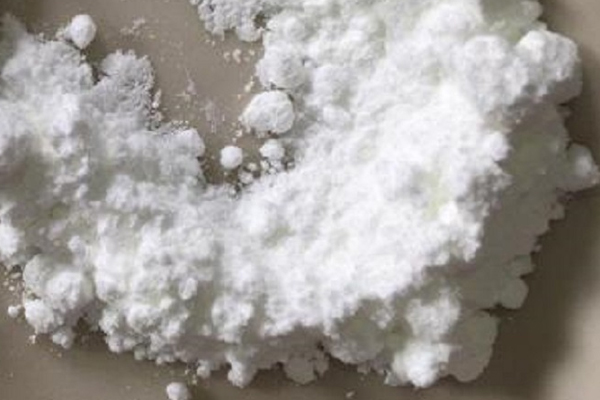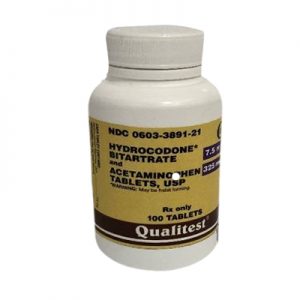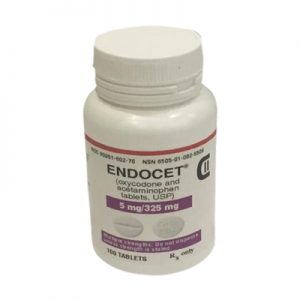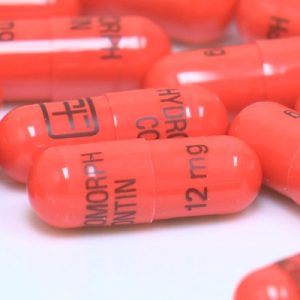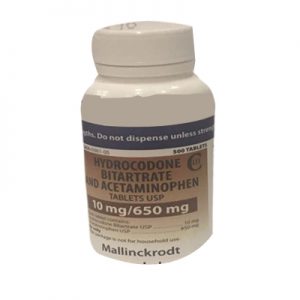Description
Fentanyl Powder
Fentanyl powder is a powerful synthetic opioid analgesic that is similar to morphine but is 50 to 100 times more potent.1,2 It is a schedule II prescription drug,3 and it is typically used to treat patients with severe pain or to manage pain after surgery.4 It is also sometimes used to treat patients with chronic pain who are physically tolerant to other opioids.5 In its prescription form, fentanyl is known by such names as Actiq, Duragesic, and Sublimaze.5,6 Street names for Fentanyl Powder or for fentanyl-laced heroin include Apache, China Girl, China White, Dance Fever, Friend, Goodfella, Jackpot, Murder 8, TNT, and Tango and Cash.
How do people use fentanyl?
When prescribed by a physician, fentanyl is often administered via injection, transdermal patch, or in lozenges.6 However, the Fentanyl Powder and fentanyl analogs associated with recent overdoses are produced in clandestine laboratories.7 This non-pharmaceutical Fentanyl Powder is sold in the following forms: as a powder; spiked on blotter paper; mixed with or substituted for heroin; or as tablets that mimic other, less potent opioids.8 People can swallow, snort, or inject fentanyl, or they can put blotter paper in their mouths so that fentanyl is absorbed through the mucous membrane.
How does fentanyl affect the brain?
Like heroin, morphine, and other opioid drugs,Fentanyl Powder works by binding to the body’s opioid receptors, which are found in areas of the brain that control pain and emotions.9 When opioid drugs bind to these receptors, they can drive up dopamine levels in the brain’s reward areas, producing a state of euphoria and relaxation.9 Fentanyl’s effects resemble those of heroin and include euphoria, drowsiness, nausea, confusion, constipation, sedation, tolerance, addiction, respiratory depression and arrest, unconsciousness, coma, and death.
INTRAVENOUS AND INTRATHECAL
Intravenous Fentanyl Powder is often used for anaesthesia and analgesia. During anaesthesia it is often used along with a hypnotic agent like propofol. It is also administered in combination with a benzodiazepine, such as midazolam, to produce sedation for procedures such as endoscopy, cardiac catheterization, and oral surgery, or in emergency rooms. It is often used in the management of chronic pain including cancer pain.
Fentanyl is sometimes given intrathecally as part of spinal anaesthesia or epidurally for epidural anaesthesia and analgesia. Because of fentanyl’s high lipid solubility, its effects are more localized than morphine, and some clinicians prefer to use morphine to get a wider spread of analgesia.
PATCHES
Fentanyl transdermal patches (Durogesic/Duragesic) are used in chronic pain management. The patches work by slowly releasing fentanyl through the skin into the bloodstream over 48 to 72 hours, allowing for long-lasting pain management. Dosage is based on the size of the patch, since, in general, the transdermal absorption rate is constant at a constant skin temperature. Rate of absorption is dependent on a number of factors. Body temperature, skin type, amount of body fat, and placement of the patch can have major effects. The different delivery systems used by different makers will also affect individual rates of absorption. Under normal circumstances, the patch will reach its full effect within 12 to 24 hours; thus, fentanyl patches are often prescribed with a fast-acting opioid (such as morphine or oxycodone) to handle breakthrough pain.
It is unclear if fentanyl gives long-term pain relief to people with neuropathic pain.
In palliative care, transdermal fentanyl has a definite, but limited, role for:
- people already stabilized on other opioids who have persistent swallowing problems and cannot tolerate other parenteral routes such as subcutaneous administration.
- people with moderate to severe kidney failure.
- troublesome side effects of oral morphine, hydromorphone, or oxycodone.
Care must be taken to guard against the application of external heat sources (such as direct sunlight, heating pads, etc.) which in certain circumstances can trigger the release of too much medication and cause life-threatening complications.
Duragesic was first approved by the College ter Beoordeling van Geneesmiddelen, the Medicines Evaluation Board in the Netherlands, on July 17, 1995, as 25, 50, 75 and 100 µg/h formulations after a set of successful clinical trials, and on October 27, 2004, the 12 µg/h (actually 12.5 µg/h) formulation was approved as well. On January 28, 2005, the U.S. Food and Drug Administration approved first-time generic formulations of 25, 50-75, and 100 µg/h fentanyl transdermal systems (made by Mylan Technologies, Inc.; brand name Duragesic, made by Alza Corp.) through an FTC consent agreement derailing the possibility of a monopoly in the treatment of breakthrough chronic pain by Alza Corp. In some cases, physicians instruct patients to apply more than one patch at a time, giving a much wider range of possible dosages. For example, a patient may be prescribed a 37.5 µg dosage by applying one 12.5 µg patch and one 25 µg patch simultaneously, or contingent on the large size of the (largest) 100 ?g/h patch, multiple patches are commonly prescribed for doses exceeding 100?g/h, such as two 75 ?g/h patches worn to afford a 150 ?g/h dosage regimen. Although the commonly referred to dosage rates are 12/25/50/75/100-µg/h, the “12 µg” patch actually releases 12.5 µg/h. It is designed to release half the dose of the 25 µg/h dose patch.
As of July 2009, construction of the Duragesic patch had been changed from the gel pouch and membrane design to “a drug-in-adhesive matrix designed formulation”, as described in the prescribing information. This construction makes illicit use of the fentanyl more difficult.
FENTANYL POWDER STORAGE AND DISPOSAL
The fentanyl patch is one of a small number of medications that may be especially harmful, and in some cases fatal, with just one dose, if used by someone other than the person for whom the medication was prescribed. Unused fentanyl patches should be kept in a secure location that is out of children’s sight and reach, such as a locked cabinet.
When patches cannot be disposed of through a medication take-back program, flushing is recommended for fentanyl patches because it is the fastest and surest way to remove them from the home so they cannot harm children, pets and others who were not intended to use them.

